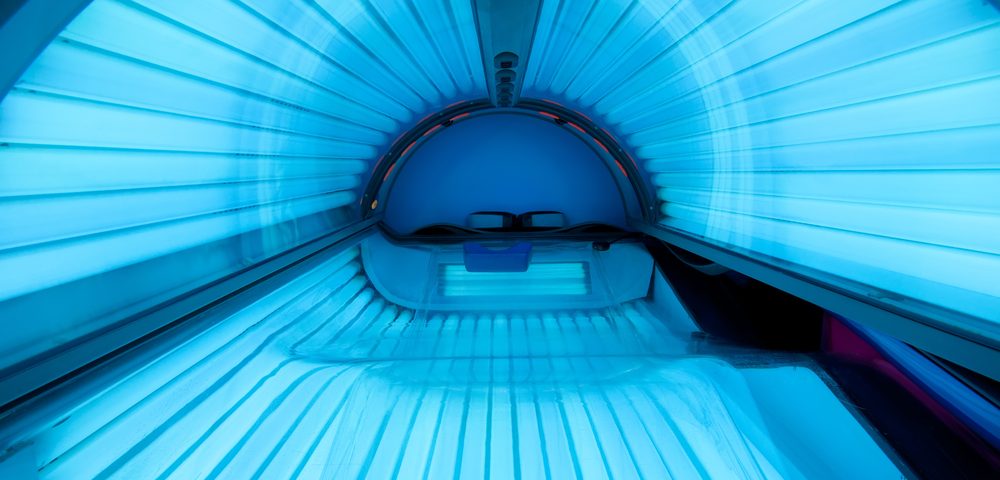Tanned skin may look appealing to some, but turning to tanning beds might not be a good idea — especially in teens or younger children.
Recent findings from the Centers for Disease Control and Prevention (CDC) show that over the lifetime of the 61.2 million Americans who are currently 14 or younger, nearly 62,000 new cases of melanoma and 6,735 melanoma deaths can be prevented, and $342.9 million in treatment costs saved, if indoor tanning is banned among minors.
The study, titled “The potential impact of reducing indoor tanning on melanoma prevention and treatment costs in the United States: An economic analysis,” was published in the Journal of the American Academy of Dermatology.
Indoor tanning beds, tanning booths and sunlamps were classified as “carcinogenic to humans” in 2009, in a study conducted by the International Agency for Research on Cancer, part of the World Health Organization (WHO), according to a press release.
Although this problem has received a lot of attention in the press, it’s estimated that UV-emitting devices are still responsible for nearly 8 percent of melanoma cases diagnosed annually in the U.S. In 2016, over 6,000 people were diagnosed with melanoma because they used UV-emitting devices in their lifetime.
In 2015, one study revealed that 7 percent of all high school students used a tanning bed or a UV-emitting device at least once in the 12 months before the survey. Even though this was an improvement over 2013, when 13 percent reported using indoor tanning devices, researchers agree that more needs to be done.
The U.S. Food and Drug Administration (FDA) issued a proposed rule in 2015 to ban the use of UV-emitting devices in people younger than 18. But only 13 states and the District of Columbia have these laws in place.
Together, these findings suggest that prohibiting UV-emitting devices among minors, in addition to other legislation and public education campaigns, could reduce the personal and financial burden of melanoma in America.


